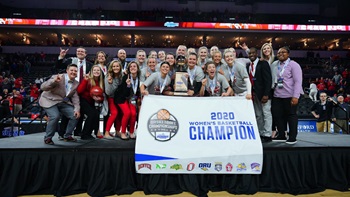USD School of Law Farber Center to host poverty simulation
Student leaders will have an opportunity to discuss poverty and how it impacts their lives, community and state. Through a roundtable discussion format, students will express their thoughts focusing on deliberation and learning how to come to a consensus about each issue discussed. Students will make recommendations to state and national leaders regarding their ideas on important public policy issues related to poverty in South Dakota.
The poverty simulation learning tool was created as a way to help participants understand the realities of poverty during a role-play activity that involves emulating the lives of low-income families. Some are Temporary Assistance for Needy Family (TANF) recipients, some are disabled and some are senior citizens relying on Social Security. Participants have the stressful task of providing for basic necessities and shelter on a limited budget during the course of four 15-minute “weeks.” They interact with human service agencies, grocers, pawnbrokers, bill collectors, job interviewer, police officers and others.
Created by the Missouri Association for Community Action, the simulation is designed to sensitize those who frequently deal with low-income families as well as provide broader awareness of poverty among policymakers, community leaders and others as one out of every seven individuals in South Dakota lives at or below the poverty line; and Social Security is the only source of income for one in four South Dakotans age 65 or older (according to AARP).
For more information about the South Dakota Youth Congress, please call (877) 224-9286 or visit the Chiesman Center for Democracy, Inc. online at www.chiesman.org and click on the South Dakota Youth Congress link.


